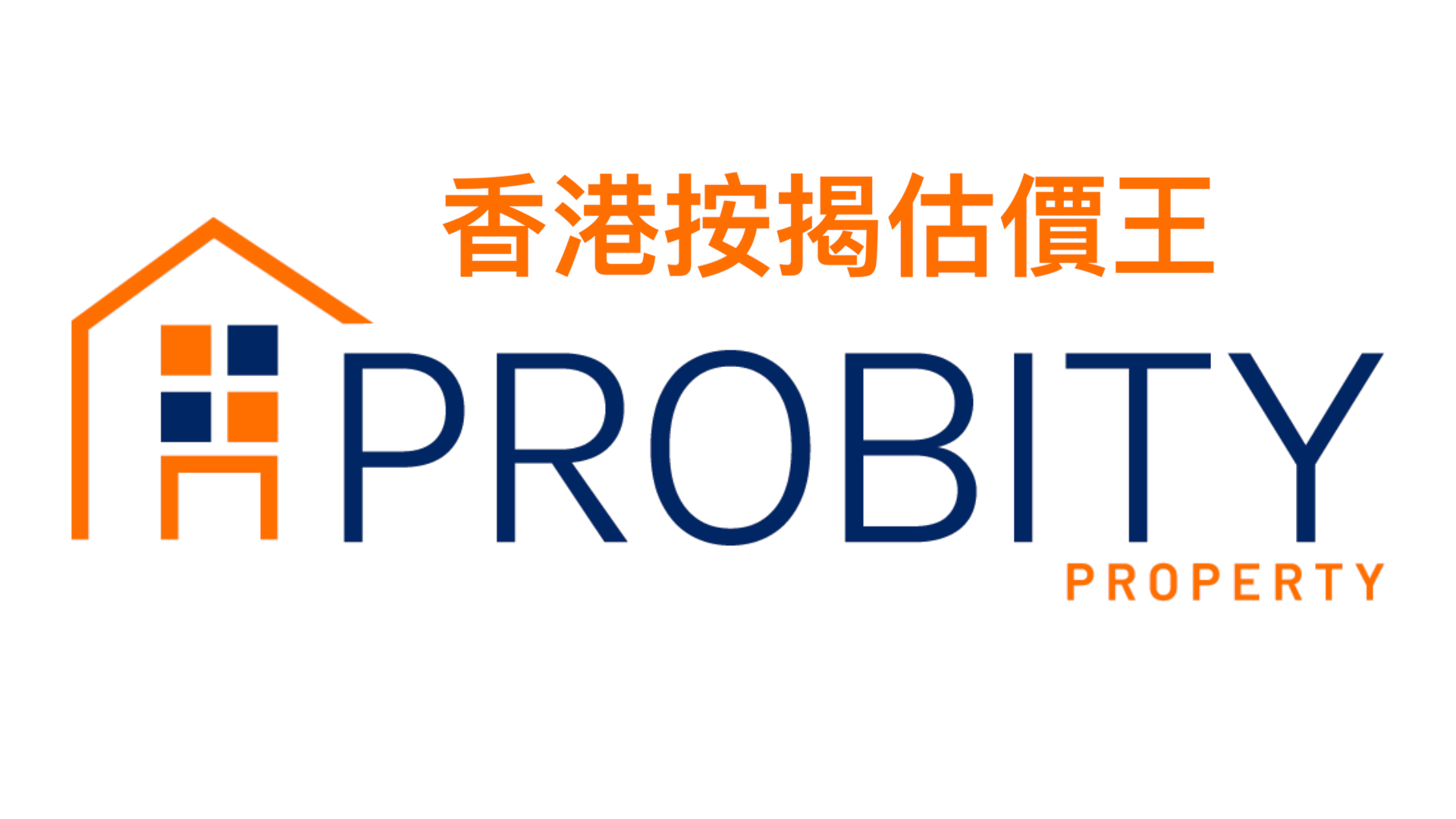Interest Rates and Cash Rebates – How to Choose the Right Mortgage Plan for Village Houses

Interest Rates and Cash Rebates - How to Choose the Right Mortgage Plan for Village Houses
Comparing HIBOR, Prime Rate, and Fixed Rate Mortgages and Understanding the Latest Market Conditions
Today we will be discussing mortgage plans for village houses. Like private flats, there are three types of payment methods for village house mortgages: HIBOR, Prime Rate, and Fixed Rate Mortgages. However, when selecting the appropriate payment method, in addition to the repayment amount, interest rates and cash rebates are also important considerations.
In the past, banks generally only approved Prime Rate mortgage plans for village houses, but market conditions have now changed. Many banks have aligned interest rates and cash rebates for village house mortgages with those of multi-story buildings, with interest rates as low as H+1.25% and cash rebates of up to 2%, depending on the buyer's individual situation.
So, what are HIBOR, Prime Rate, and Fixed Rate Mortgages? HIBOR refers to a mortgage interest rate that fluctuates with the Hong Kong Interbank Offered Rate, resulting in monthly payment amounts that may change. Prime Rate refers to a mortgage interest rate that remains fixed and unchanging, with fixed payment amounts. As for Fixed Rate Mortgages, the mortgage interest rate remains unchanged during the mortgage term, but payment amounts may vary depending on the repayment period.
When selecting a payment method, you need to consider your repayment ability, repayment period, future repayment risks, and other factors. If you want to maintain a fixed repayment amount throughout the entire mortgage term, then Prime Rate or Fixed Rate Mortgages are good options. If you want the interest rate to vary with market fluctuations, then HIBOR may be more suitable for you.
In addition to payment methods, interest rates and cash rebates are also factors to consider. Interest rates are the mortgage interest you need to pay, and they will affect your monthly repayment amount. Cash rebates are cash incentives that banks offer you, usually calculated as a certain percentage of the mortgage amount.
When choosing the appropriate mortgage plan for a village house, you need to compare based on your own needs and situation. Some banks may offer interest rate discounts and cash rebates, but may require certain conditions to be met, such as opening an account, transferring salary, and purchasing insurance. Therefore, you need to carefully understand and compare the bank's offer terms.
Furthermore, there is a trade-off between interest rates and cash rebates. High interest rates mean higher monthly repayment amounts, but may result in more cash rebates. Low interest rates mean lower monthly repayment amounts, but cash rebates may also be relatively less. Therefore, when choosing interest rates and cash rebates, you need to weigh them based on your repayment ability and financial situation.
Finally, repayment ability and repayment risks are also factors to consider. You need to ensure that you have sufficient repayment ability to repay on time and avoid penalty interest and negative credit records due to repayment arrears. At the same time, you also need to consider future repayment risks, such as unemployment, illness, and appropriately manage risks and insurance planning.
In summary, choosing the appropriate mortgage plan for a village house requires consideration of multiple factors, including payment methods, interest rates and cash rebates, repayment ability, and repayment risks. If you are unsure how to choose, you can seek advice from banks or professionals and make the most appropriate choice based on your situation. I hope today's explanation can be helpful to you all. Thank you!


